Bathsua Makin, c 1608-1675
By Claire Jones
Scholar, writer, educator and early feminist
Overview
Bathsua Makin was one of a group of women, including Christine de Pizan, Margaret Cavendish and Mary Astell, who can be described as ‘early feminists’ (although the term ‘feminist’ only came into use in the mid-late nineteenth century and there is still much debate about what it actually means). Through her writing, and the example of her life, Makin challenged prevailing views about the intellectual and moral inferiority of women and argued against religious teaching and traditions which limited women’s opportunities.
Makin was particularly passionate about the need for girls and women to receive an education. Her most commonly studied work today is her pamphlet, An Essay to Revive the Antient Education of Gentlewomen, published in 1673. Here she defended women’s character (citing examples of honourable, intelligent and capable women throughout history) and presented an analysis of why women did not appear to use their ‘reason’ as did men. This critique, which blamed lack of opportunity and social conditioning for women’s intellectual shortcomings, is strikingly ‘modern’ and foreshadows Mary Wollstonecraft’s A Vindication of the Rights of Women published a century later.
Makin’s Essay was addressed to ‘All Ingenious and Virtuous Ladies’ and began with an observation:
Custom, when it is inveterate, has a mighty influence: it has the force of Nature itself. The Barbarous custom to breed Women low is grown general amongst us, and hath prevailed so far, that it is verily believed (especially amongst a sort of debauched sots) that Women are not endued with such Reason, as Men; nor capable of improvement by Education, as they are. It is looked upon as a monstrous thing; to pretend the contrary. A Learned Woman is thought to be a Comet, that bodes Mischief, when ever it appears. To offer to the World the liberal Education of Women is to deface the Image of God in Man, it will make Women so high, and men so low like Fire in the House top, it will set the whole world in a Flame.
Brief biography
Bathsua’s father was a teacher who ran a school in London; this may be one of the reasons why she had the chance to have a ‘boy’s education which included Greek and Latin, both indispensable to would-be scholars. By all accounts, Bathsua was an outstanding student. However, learning in a woman was not always appreciated and when Bathsua published, with her father, a book to which she contributed poems in six languages, she became the butt of a joke: ‘When a learned maid was presented to King James for an English rarity, because she could speake and rite pure Latine, Greeke, and Hebrew, the King ask’d “But can she spin?” (Quoted in Frances Teague.)
Bathsua married Richard Makin, who was part of the Royal Court, in 1622, and together they had eight or nine children. Bathsua began work as a teacher when her family was almost complete. She also began a correspondence with the acclaimed Dutch female scholar, Anna Maria van Schurman, and became part of a network of European women scholars. With progressive views on female education, Bathsua was later appointed tutor to Charles I’s daughter, Princess Elizabeth, who she taught Greek, Latin, Mathematics and other languages.
 In the 1670s (now a widow) Bathsua opened a ‘School for Gentlewomen’ in Tottenham, London. An Essay to Revive the Antient Education of Gentlewomen was, in part, a marketing exercise to recruit students to her school—in conclusion she says that if you agree with her arguments, send your daughter to Makin’s School.
In the 1670s (now a widow) Bathsua opened a ‘School for Gentlewomen’ in Tottenham, London. An Essay to Revive the Antient Education of Gentlewomen was, in part, a marketing exercise to recruit students to her school—in conclusion she says that if you agree with her arguments, send your daughter to Makin’s School.
Information is sketchy as to the remainder of Bathsua’s life, or how successful her school was. It is thought she died around 1675.
References: Frances Teague, Bathsua Makin: Woman of Learning, Bucknell University Press (1998)![]() . This includes An Essay to Revive the Antient Education of Gentlewomen (1673).
. This includes An Essay to Revive the Antient Education of Gentlewomen (1673).




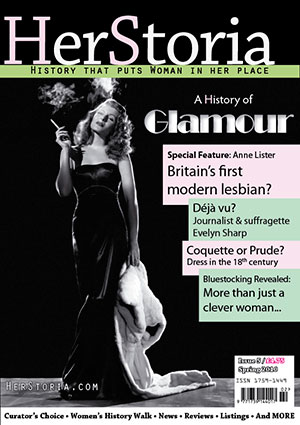
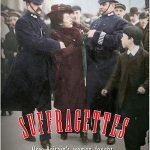
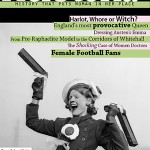
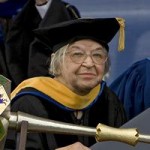
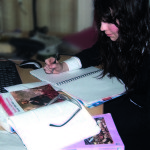
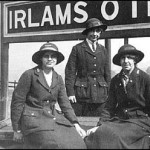
Leave a Reply